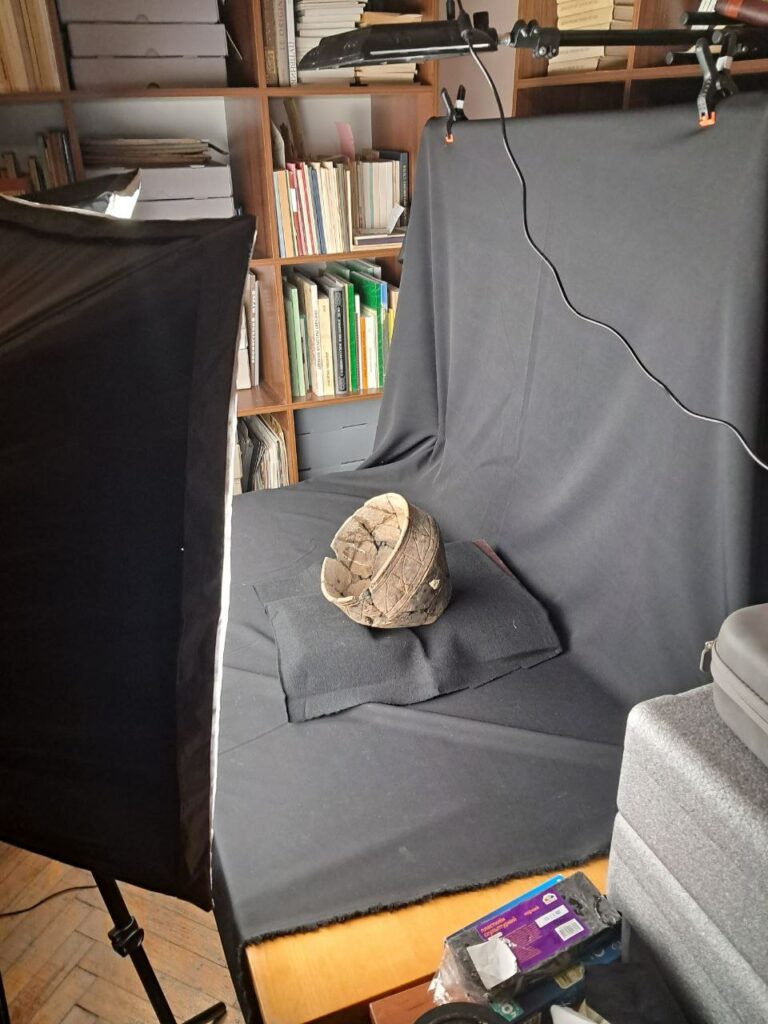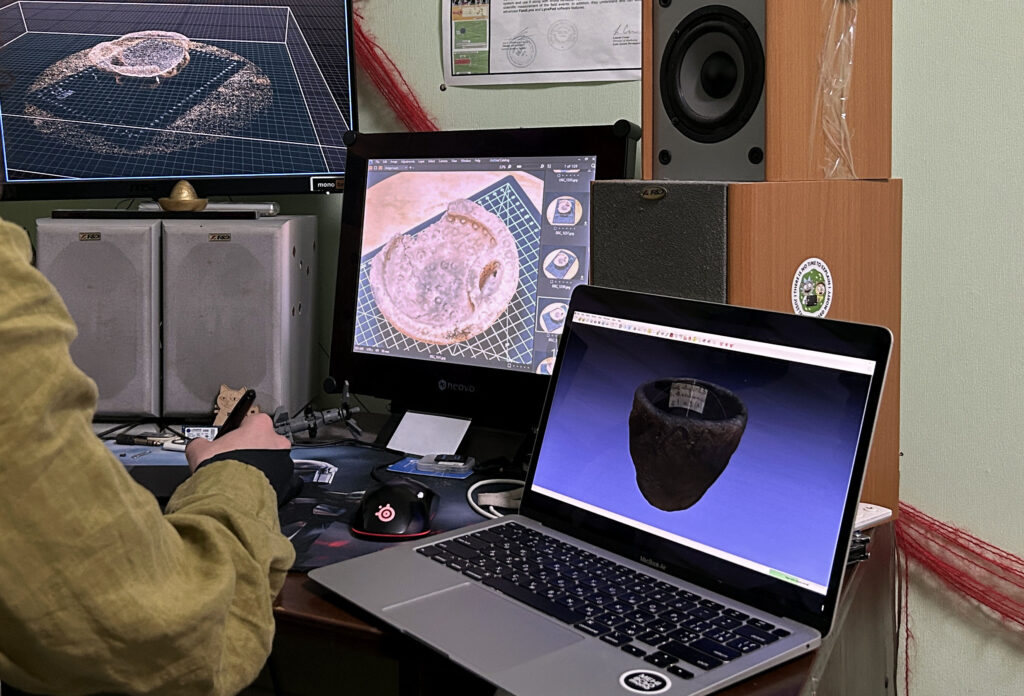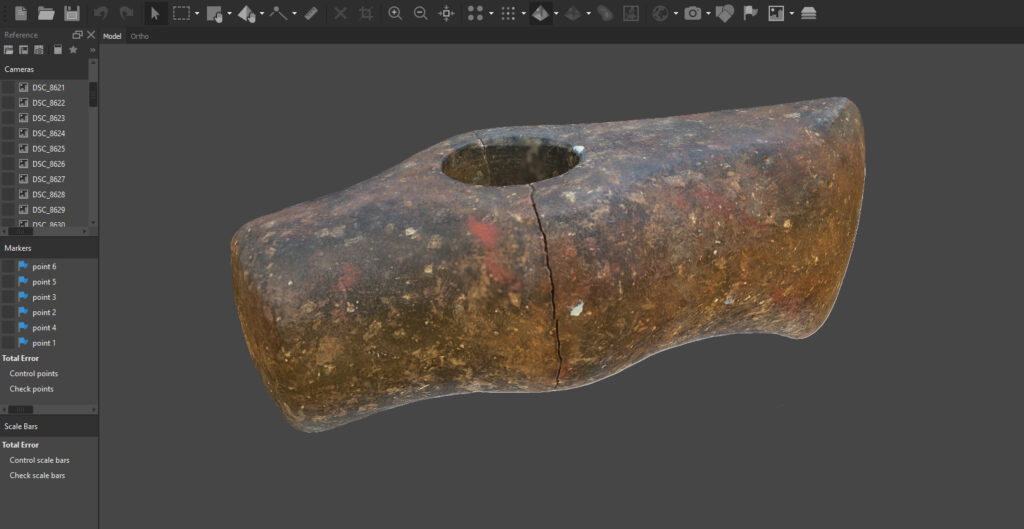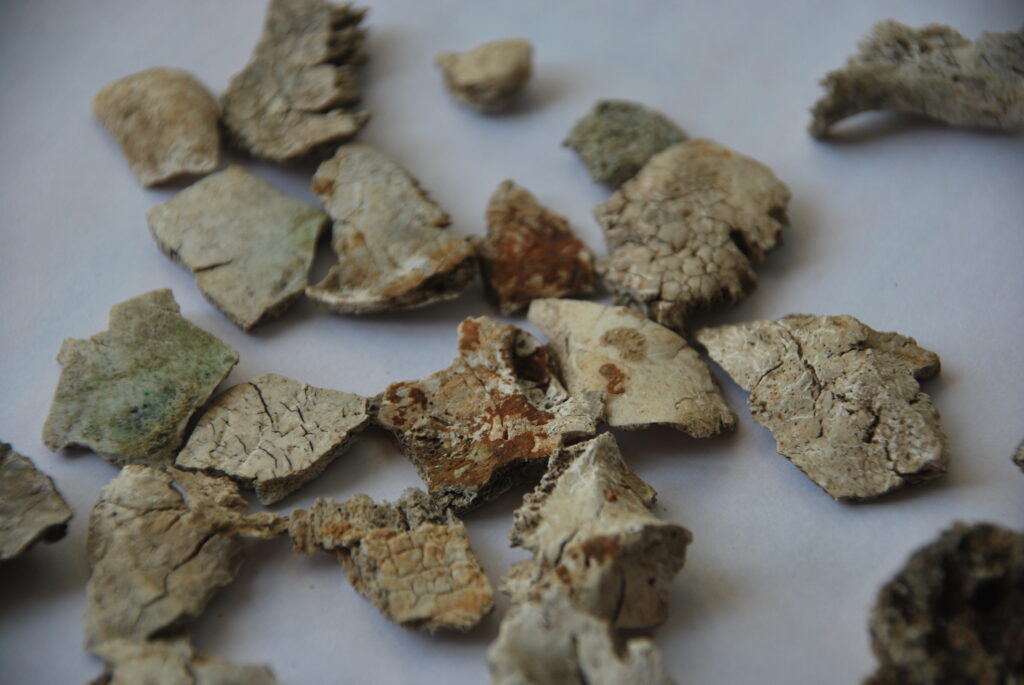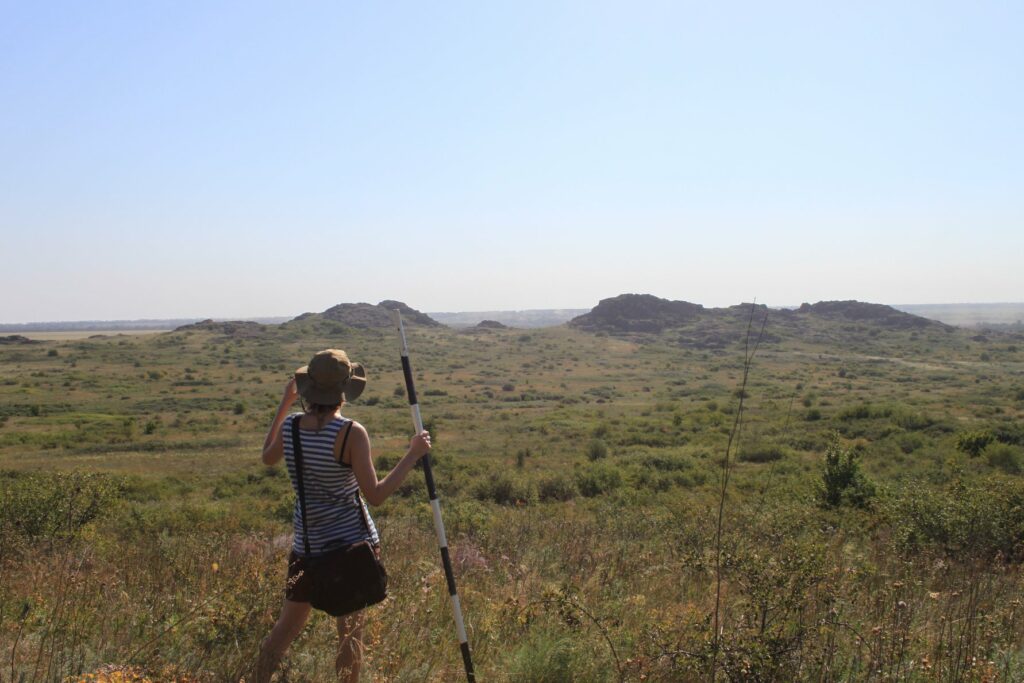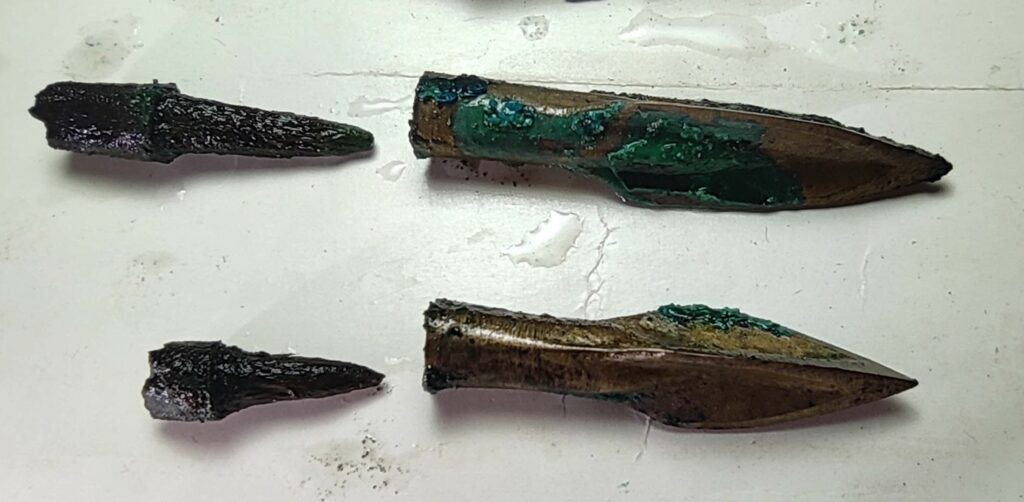The Bronze Age was a significant period in Eurasian prehistory, which left many traces on the territory of present-day Ukraine. This is evidenced by tens of thousands of archaeological sites and museum objects. The latter are the subject of the project by Dmytro Nykonenko of the Department of Historical, Archaeological and Natural Monuments Protection of the Khortytsia National Reserve. He aims to digitise and publish Bronze Age exhibits from the collections of the largest university archaeological museum in Ukraine.
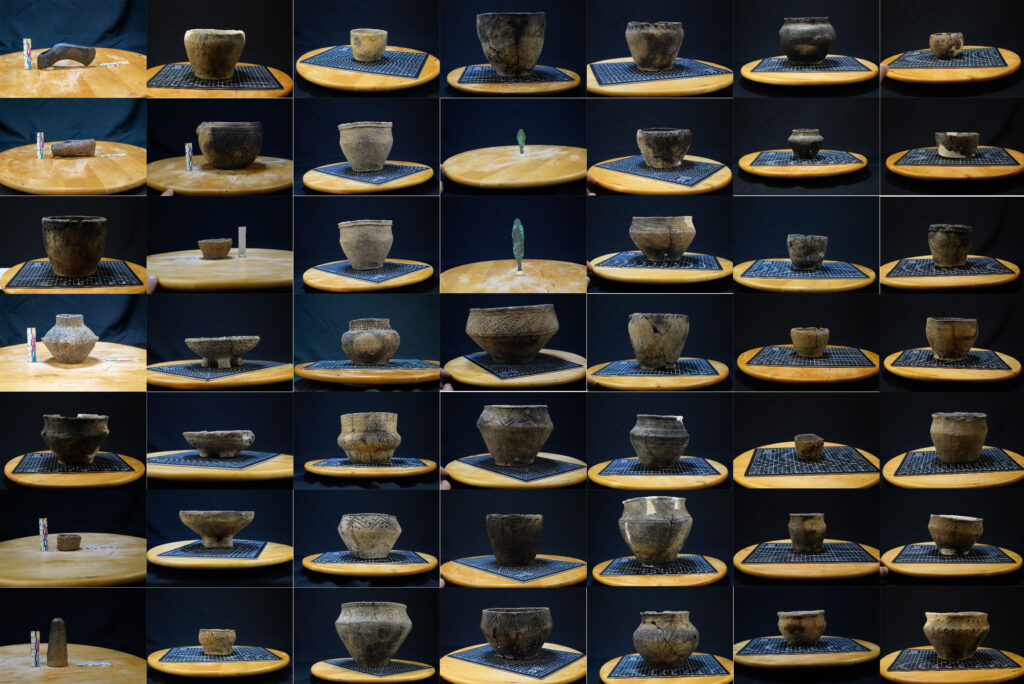
University archaeological museums are a living phenomenon of Ukrainian archaeology. They serve as repositories of tens of thousands of objects that come from different parts of Ukraine and date back to different periods of time. As a rule, such museums were created through activities and rapid development of university archaeological expeditions. They were also part of the educational process. Such museums were never open to the general public. They functioned more as storage facilities for expedition collections and as learning centres for students. One of those largest archaeological museums is based at the Taras Shevchenko Kyiv National University. Founded 36 years ago, it houses some 30,000 artefacts from various regions of Ukraine. This museum has an extremely rich archaeological collection, especially items from the Bronze Age. The majority of these items are pottery of various types and cultural backgrounds (Fig. 1).
This project is devoted to digitisation of Bronze Age artefacts from the collection of the Taras Shevchenko University Archaeological Museum (Fig. 2–3). The main objective here is to preserve the information contained in movable cultural heritage. In this case, the digitisation of cultural heritage is a modern, effective response to a wide range of threats. The process involves the creation of high-fidelity 3D models of objects using photogrammetric technology (Fig. 4–5). Such models are digital copies of all visible information on artefacts. They enable remote research of museum objects and can be used as the basis for virtual exhibitions. Creating a database of digitised objects allows us to save as much information as possible about processed artefacts. Preservation of all digital data is ensured by their upload to a public online repository. This also opens up the digitised museum objects to the international scholarly community and makes them available for further research.
Dmytro Nykonenko
